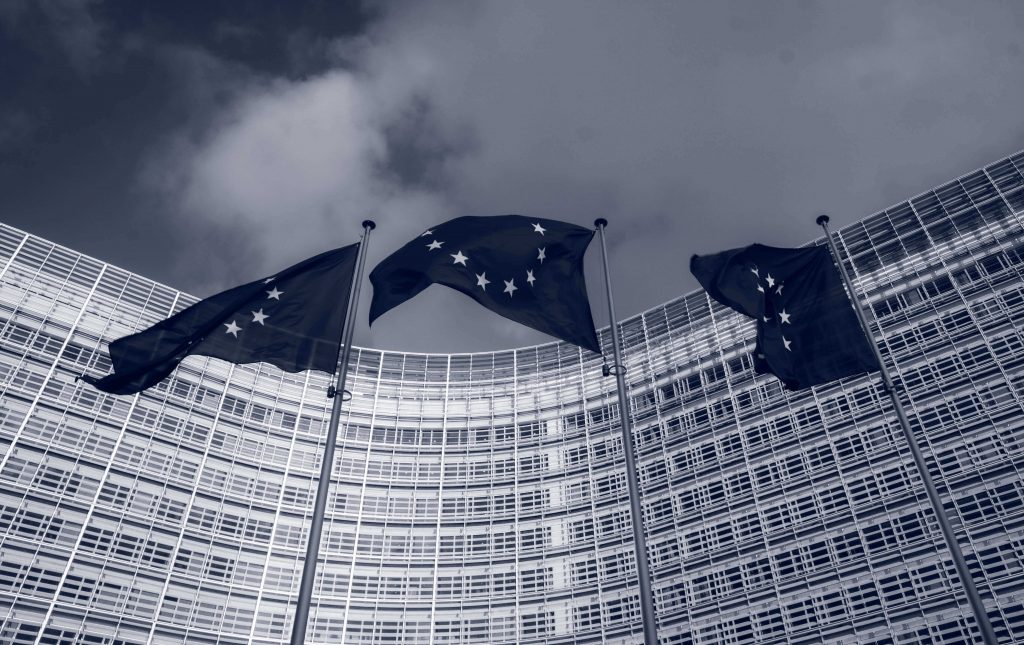In today’s world, cybersecurity is becoming an increasingly important concern for businesses and organizations of all sizes. As cyber threats continue to evolve and become more sophisticated, it is crucial for companies to implement effective cybersecurity measures to protect their network and information systems. The European Union (EU) has recognized this need and established the Network and Information Systems (NIS2) framework to enhance the security and resilience of critical infrastructure across the EU member states.
What is the EU NIS2 Framework?
The EU NIS2 Framework is a set of regulations that aims to improve the overall cybersecurity posture of critical infrastructure across the EU. The framework includes requirements for operators of essential services (OES) and digital service providers (DSP) to implement appropriate security measures, report security incidents to the relevant authorities, and cooperate with other operators and authorities to improve the overall cybersecurity posture.
Operators of essential services are companies that provide services that are critical to the functioning of society and the economy, such as healthcare, transportation, energy, financial services, and water supply. On the other hand, digital service providers are companies that provide online services, such as online marketplaces, cloud computing services, and search engines. These companies are subject to the NIS2 framework if they meet certain thresholds for the number of users, revenue, and other criteria.
Requirements for Implementing EU NIS2
The EU NIS2 framework requires companies to implement appropriate security measures to protect their network and information systems. The exact security technologies needed to comply with the regulation will depend on the specific risks and threats faced by each company. However, some common security technologies that can be useful for compliance with the NIS2 framework include firewalls, intrusion detection and prevention systems (IDPS), security information and event management (SIEM) systems, vulnerability assessment and penetration testing (VAPT), access control systems, and incident response plans.
Attack Surface Management and EU NIS2
While attack surface management is not explicitly required for compliance with the NIS2 framework, it can be a useful tool for enhancing the cybersecurity posture of companies and complying with the regulation. Attack surface management involves identifying and monitoring the various entry points and potential vulnerabilities in a company’s network and information systems. By proactively managing their attack surface, companies can improve their security posture and reduce the risk of a security incident.
In conclusion, the EU NIS2 framework is a comprehensive set of cybersecurity regulations that aims to enhance the security and resilience of critical infrastructure across the EU member states. Companies that provide critical services or online services should consider the NIS2 framework to comply with the regulation and protect their network and information systems from cyber threats. By implementing appropriate security measures and proactively managing their attack surface, companies can improve their overall cybersecurity posture and reduce the risk of a security incident.
What security technologies would a company need to have in place to comply with the eu nis2 framework
The EU NIS2 (Network and Information Systems) framework requires companies to implement appropriate security measures to protect their network and information systems. While the exact security technologies needed to comply with the regulation will depend on the specific risks and threats faced by each company, some common security technologies that can be useful for compliance with the NIS2 framework include:
- Firewalls: A firewall is a network security system that monitors and controls incoming and outgoing network traffic based on predetermined security rules. Firewalls can help to prevent unauthorized access to a company’s network and information systems.
- Intrusion Detection and Prevention Systems (IDPS): IDPS are software or hardware solutions that monitor a company’s network and information systems for signs of unauthorized access, attacks, or misuse. IDPS can help to detect and prevent security incidents before they cause significant damage.
- Security Information and Event Management (SIEM) Systems: SIEM systems collect and analyze security data from a company’s network and information systems to identify security incidents and threats. SIEM systems can help to improve incident detection and response, as well as compliance reporting.
- Vulnerability Assessment and Penetration Testing (VAPT): VAPT involves identifying and testing potential vulnerabilities in a company’s network and information systems. VAPT can help to identify and mitigate potential weaknesses before they are exploited by attackers.
- Access Control Systems: Access control systems ensure that only authorized personnel have access to a company’s network and information systems. Access control systems can include multi-factor authentication, role-based access control, and other identity and access management solutions.
- Incident Response Plans: Incident response plans provide a framework for how a company will respond to security incidents, including data breaches and cyberattacks. Incident response plans should include procedures for detecting, containing, and mitigating security incidents, as well as communication and reporting protocols.
These are just a few examples of security technologies and measures that can help companies comply with the EU NIS2 framework. The exact technologies and measures needed will depend on the specific risks and threats faced by each company, as well as the national legislation of each EU member state.
